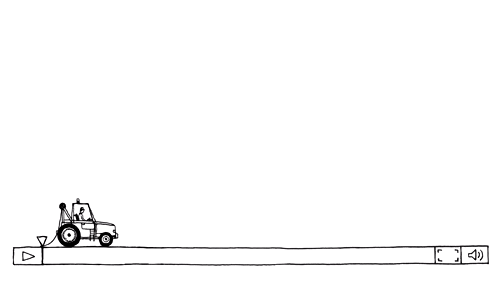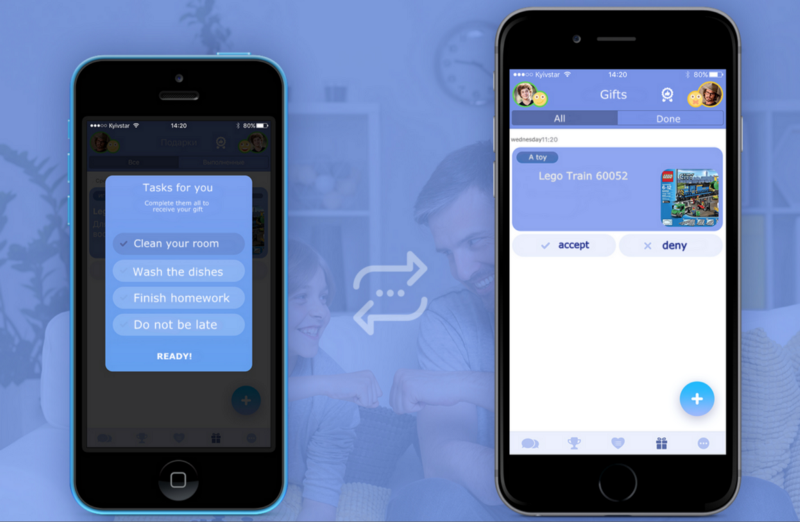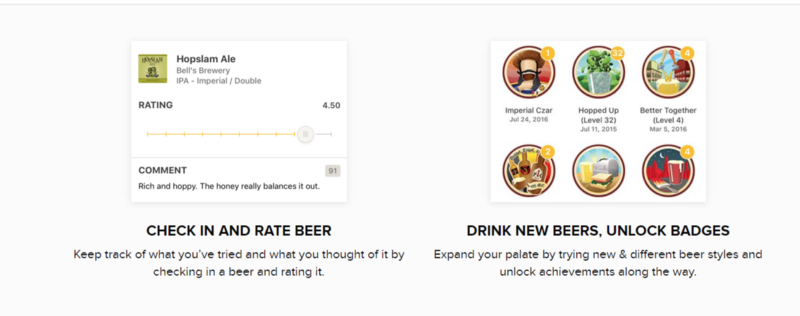Gamification of applications - 5 moments that should not be forgotten

From the translator: this is a translation of the article by Alexander Shaporda from Django Stars, in which he talks about the features of gamification of mobile applications.
Game elements are introduced to increase user engagement and increase financial performance in order to stand out among competitors, and simply because they are more fun. Gamification allows you to attract and retain the audience with the help of likes, levels, achievements, progress bars, prizes and surprises handed to the user. It can affect user loyalty, the frequency of accessing the application and the time that the user spends in it. In the end, all this translates into the growth of your profits. But how to gamify correctly?
Skillbox recommends: Practical course "Full-stack mobile developer" .
We remind: for all readers of "Habr" - a discount of 10,000 rubles when recording for any Skillbox course on the promotional code "Habr".

')
Make up a story

There are games that capture the first scenes. Usually they differ in a thoughtful history and scenario. The narrative element is needed at all in almost every game, if it is not too simple. Try to think and imagine why game characters should behave this way and not otherwise.
For example, a situation where a hero fights a huge oak tree with a small stick (this is a real game). Initially sounds ridiculous. But if we imagine that the oak is an evil aggressor who is capable of doing evil, and the protagonist is the last samurai in the village who use powerful weapons, a katana, which is 10 thousand years old, then what is happening does not seem nonsense.
The main thing here is to try to engage users in history, make them worry about the main characters of the game, support one side or the other.
Prepare the challenge

The call for the user should always be. Overcoming obstacles, people appreciate their achievements higher. Without a challenge, any game will look like this:

This, of course, is a metaphor, but there is some truth in it. Any challenge begins with a goal. It should be clearly presented in your application. Goals can be personalized (customizable) as provided by the developer or created by the community. In the second case, it is worthwhile to ensure that they are different and that they are interesting to achieve. Goal for the purpose of very few people interested.
Imagine that you are playing billiards: you need to roll the balls in the pockets. If the player does not need any effort to do this, the game will quickly get bored. There should be rules that make everyone not only more difficult, but also more interesting.
For example, it is possible to drive balls into a pocket only with the help of a white ball, and only in a certain way and for a limited time. Initially, it all sounds a little silly, but how many people play billiards and its varieties!
In addition, try to maintain a balance between the complexity of the tasks and the involvement of users. If everything is too complicated, users will quickly get bored. But too simple tasks should not be. Allow people to learn in the process and achieve the ultimate goal, just spending some effort and time. Then they will appreciate their achievements, as already mentioned above.
Provide rewards

It is very important for the user to perform certain actions for a purpose. In ordinary life, motivation can be salary, helping a friend, the pleasure of communicating with someone.
The same is true in mobile applications - any effort must be rewarded. This can be a badge, like, place in the ranking: it all depends on the application. The main idea is to create a certain value of actions by rewarding them for their performance. For example, it may be a loyal user icon in the food delivery application or a “Expert” rating in an online database that motivates writing even more useful articles.
Here we have a huge space for imagination and action.
Here are some great cases:
Eye2eye - goal achievement is rewarded with real things, in this case with toys (LEGO train, laser sword, transformer and others).

untappd is a rating system for beer geeks.

Streak is a personal work process tracker that allows you to track progress.

What are the options other than positive feedback?
Good, for example, unexpected options for ratings or awards. Just imagine: you come to your office one morning and find a chocolate bar on the table. Immediately improves mood and in many cases, performance.
Speaking about the awards, you need to remember about the protection against cheating. It is very important to build a system of user achievements that does not allow outside influence. Conditions must be fair for all participants in the system, without exception.
By the way, there are analogues in real life. My friend gets annoyed all the time when he sees or hears about people who get cars, yachts, at home without much effort, without working. He himself works hard to get the minimum necessary things. But even our life can be viewed as a game with different levels of difficulty passing for different participants. This is not always fair and there are often dissatisfied. In the application, everything can be arranged more rationally, so that all users are well.
Do not forget about the social component

Many applications must have social components. This can be an in-game chat and a community united by a single goal and interest. In some cases, you can hold competitions or add different kinds of ratings to the application (for example, which user has learned more words or has traveled more kilometers per day).
Users need freedom

This is true - they must have a choice. Do not force them to do your will, let people play by their own rules, not by yours.
Skillbox recommends:
- Practical four-month course Profession Java developer
- Practical course Mobile Application Design (feat. Redmadrobot!).
- Online course "Web Developer"
Source: https://habr.com/ru/post/419707/
All Articles